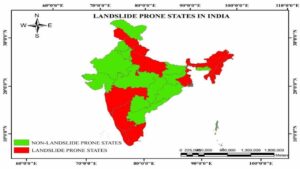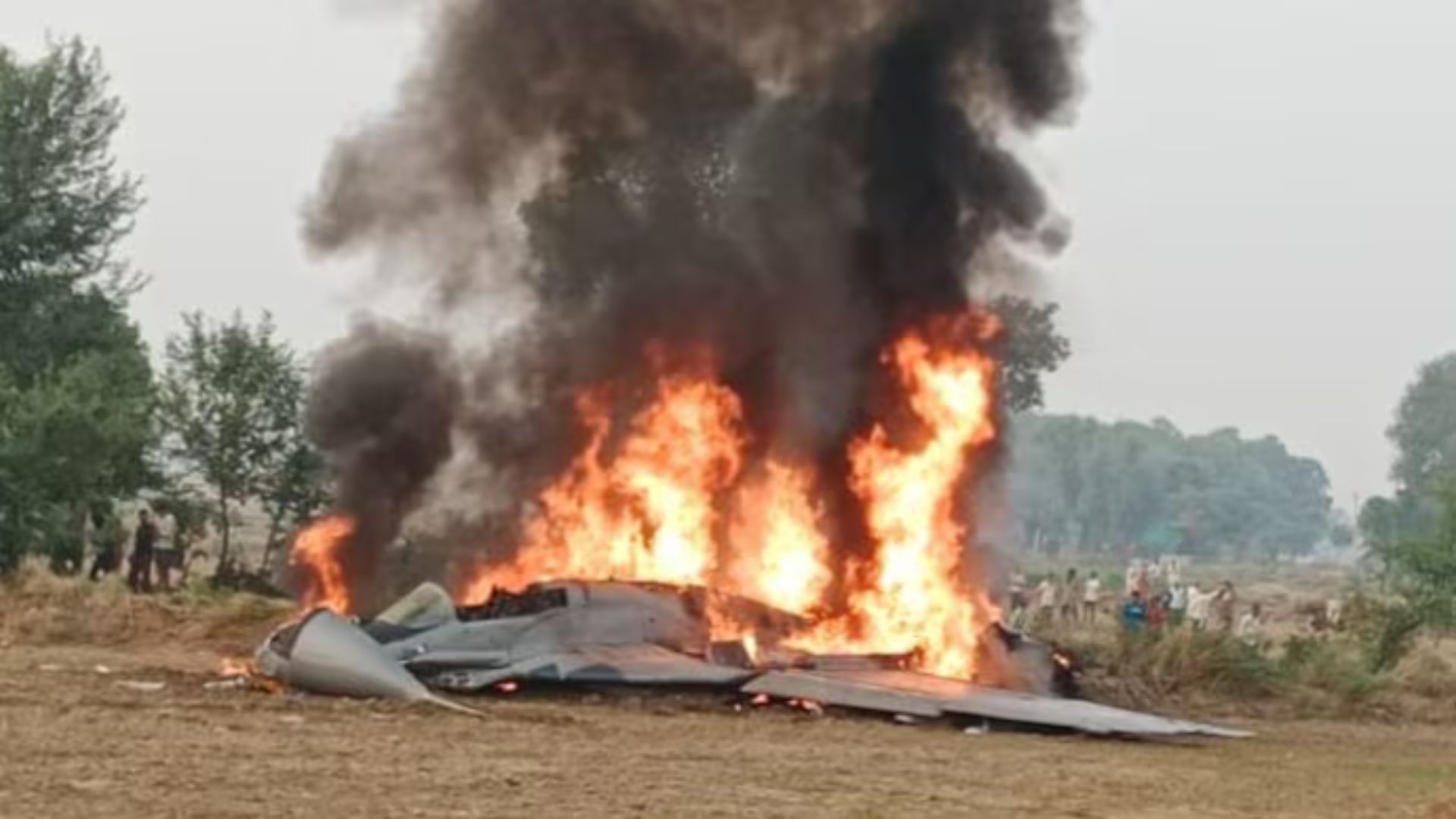
On July 30, 2024, the Wayanad district in Kerala, India, was devastated by landslides triggered by heavy rainfall. The disaster claimed at least 158 lives and left many others missing. Chief Minister Pinarayi Vijayan has been overseeing rescue operations, with the Indian Army, Navy, and various disaster management teams working relentlessly to manage the crisis and support affected residents.
The early warning issued on July 26, which predicted heavy rainfall exceeding 20 centimeters and the risk of landslides, offered a critical opportunity for preventive measures. Immediate actions could have included enhancing early warning systems to ensure widespread dissemination through mobile alerts and community channels, alongside a clear response plan. Public communication should have detailed risks and evacuation procedures, with community meetings to inform residents. Timely evacuation of high-risk areas and securing critical infrastructure would have been crucial, as would improving drainage systems and implementing slope stabilization measures. Increasing community preparedness through drills and distributing emergency supplies, combined with heightened monitoring using drones and radar, could have further mitigated the disaster’s impact. Coordinating these efforts through a central command center would have streamlined the response and potentially reduced the severity of the landslides, saving lives and minimizing damage.
This tragedy underscores the importance of understanding landslides, identifying vulnerable areas, and implementing effective mitigation strategies.
How Landslides Occur
Landslides are the downward movement of rock, soil, and debris due to gravity. Several factors contribute to their occurrence:
Heavy Rainfall: Excessive rain saturates soil, reducing its cohesion and increasing its susceptibility to sliding.
Topography: Steep slopes are naturally prone to landslides due to the gravitational pull on loose material.
Soil Composition: Loose, sandy, or clayey soil can become unstable under certain conditions.
Human Activity: Activities such as deforestation, construction, and mining can destabilize slopes and heighten landslide risk.
In Wayanad, the combination of heavy monsoon rains and hilly terrain created ideal conditions for the landslides that led to this tragedy.
Areas Prone to Landslides
Landslides are commonly associated with mountainous and hilly regions, but they can also occur in seemingly flat areas under specific conditions:

Hilly and Mountainous Regions: These areas are particularly vulnerable due to steep gradients and unstable soil. Notable examples include the Western Ghats in India and the Andes in South America.
Plains and Lowlands: Landslides can also affect flat areas if the soil is destabilized by heavy rainfall, earthquakes, or volcanic activity. For example, parts of the Mississippi River Valley have experienced landslides due to heavy rains and soil erosion.
Minimizing Destruction: What Residents Can Do
Residents in landslide-prone areas can take several measures to minimize damage and enhance preparedness:
Early Warning Systems: Install and maintain systems that can alert residents about potential landslides based on weather conditions and soil stability.
Community Education: Educate residents about signs of impending landslides and safe evacuation procedures.
Proper Land Use: Avoid construction on steep slopes and implement land use practices that prevent soil erosion and destabilization.
Drainage Management: Develop effective drainage systems to divert water away from vulnerable slopes and reduce soil saturation.
Lessons from Global Experiences
Several countries have successfully implemented strategies to manage and mitigate landslide risks. Here are some key lessons:
Japan: Known for its susceptibility to natural disasters, Japan has developed comprehensive landslide risk management strategies. The country uses advanced technologies such as ground-penetrating radar and drones to monitor slopes and predict landslides. Regular drills and public education on disaster preparedness are integral to Japan’s approach.
Switzerland: Switzerland employs rigorous land use planning and engineering measures to manage landslide risks. This includes stabilizing slopes with retaining walls and reinforcing vulnerable areas with vegetation. The Swiss government also invests in research to enhance landslide prediction and prevention.
Colombia: In Colombia, frequent landslides have led to the establishment of early warning systems and emergency response teams. Community-based programs educate residents about landslide risks and evacuation procedures, significantly improving the resilience of affected communities.
Nepal: Following the 2015 earthquake, Nepal has focused on improving landslide management by integrating traditional knowledge with modern technology. Efforts include mapping landslide-prone areas and implementing community-driven early warning systems.















